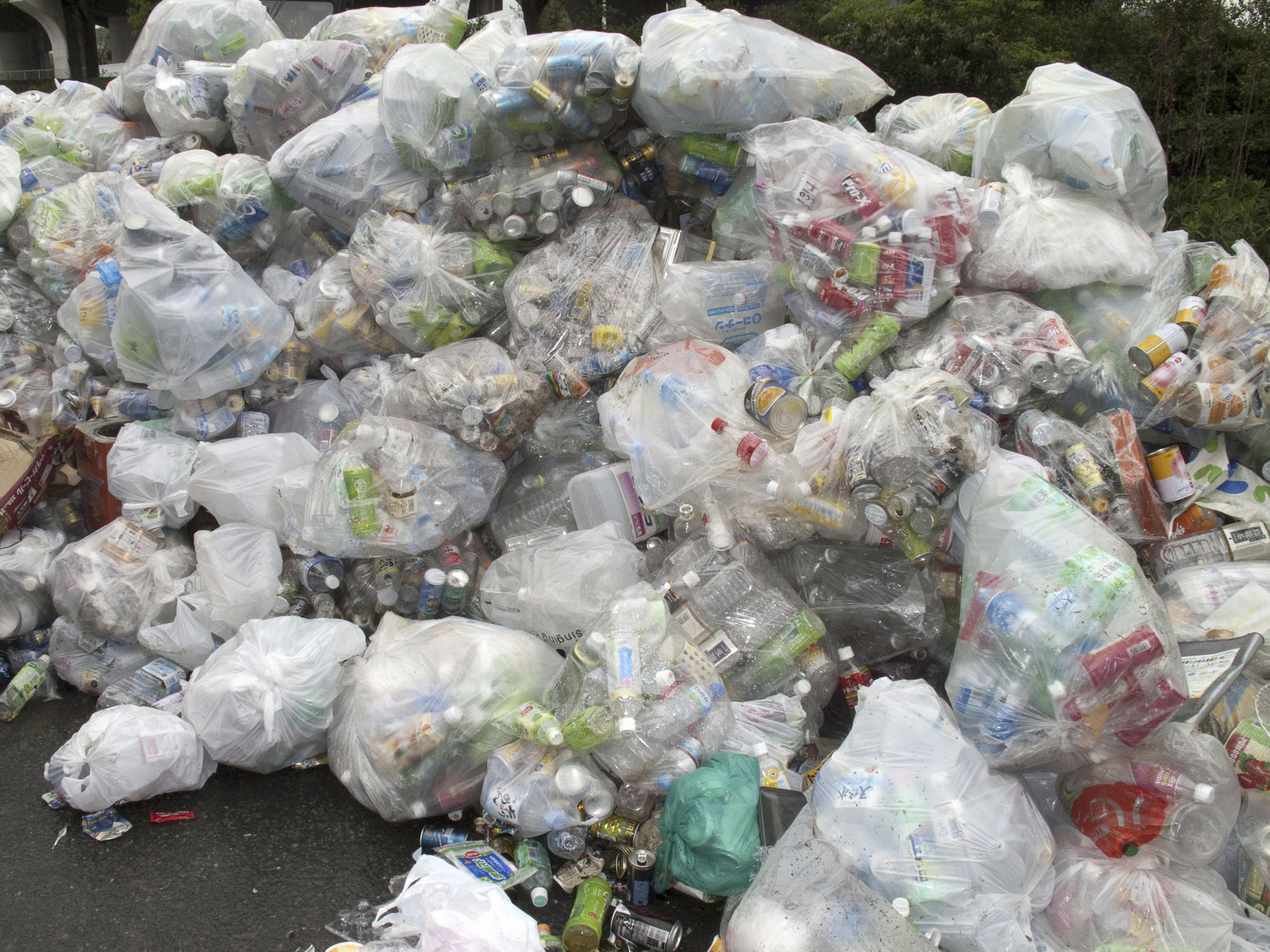Anyone following recent coverage of the worldwide plastic waste crisis may note a contradiction in the reporting on Japan's place in the discussion. On the one hand, Japan boasts a very high plastic recycling rate owing to local governments' sorting rules, which are some of the strictest in the world. Many countries would benefit from studying Japan's garbage collection and processing practices. On the other hand, the amount of microplastic waste in the seas immediately surrounding Japan is as much as 27 times greater as the amount in the world's oceans on average.
According to a Forbes Japan article that was published in January, Japan's recycling efforts are not exactly what they seem. Officially, Japan recycles 84 percent of the plastic it collects, one of the highest rates in the world, but the government designates three types of recycling processes: material, chemical and thermal. Material recycling means the plastic itself is reprocessed into new plastic — PET bottles, for instance, are made into new PET products. This is probably the image of recycling that most people have. Chemical recycling means that plastic waste is broken down into its constituent components, which are then recombined to make new plastic materials. Thermal recycling means that the plastic is burned in incinerators to produce energy.
Twenty-three percent of collected plastic is recycled materially and just 4 percent is recycled chemically. The remainder is burned. Other countries do not consider burning to be a recycling process. In fact, burning plastic is frowned upon in many places. The problem with material recycling is that the material itself is degraded when it is recycled, so there's a limit to its efficiency. Chemical recycling requires a lot of energy and resources, so it is uneconomic. Thermal recycling is possible because plastic is derived from crude oil. They burn easily and produce lots of electricity, but also have the same negative environmental impact as fossil fuels.

















With your current subscription plan you can comment on stories. However, before writing your first comment, please create a display name in the Profile section of your subscriber account page.